In many states across the U.S., getting a rooftop solar installation can provide financial benefits. The solar energy goes toward reducing the home’s grid energy usage, and any excess electricity generated can be sent back to the utility for at least some credit. In this way, a solar installation that is the property of the homeowner acts as a hedge against rising utility costs.
These financial benefits have been enabled partially by the Residential Clean Energy Tax Credit, which provides a tax credit of 30% of the cost to install solar panels to homeowners in the year after installation. But with the passage of H.R. 1 (aka the One Big Beautiful Bill Act), the residential tax credit will end after 2025.
Without the tax credit, people in states with lower average electricity prices may no longer see financial benefits from getting solar panels installed.
So, what should homeowners do if they want to take advantage of the tax credit? Solar industry leaders and experts who spoke with pv magazine USA agree on a few pieces of advice:
If you’re serious about getting solar panels, begin the process as soon as possible
Choose the company you work with carefully
Understand your options for claiming the tax credit
When it comes to getting solar in time to claim the Residential Clean Energy Tax Credit, time is of the essence. A study of solar installation timelines by The National Renewable Energy Laboratory found that it typically takes between 70 and 112 days to go from a signed contract to the day your utility company grants permission to operate your system interconnected with the grid.
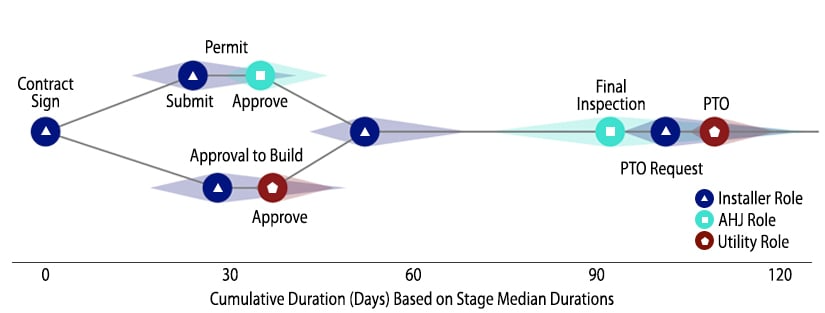
Experts say that timeline may be ambitious, given the rush of business that is expected to happen before the deadline. “If homeowners wait until October to start the process, I suspect most installers will say, ‘hey, we’re booked through the end of the year,’” said Kevin Conroy, President of residential solar financing provider Halo Funding.
Dean Chiaravalloti, Chief Revenue Officer at Solar Insure, agrees. “The closer we get to December 31st, the more likely city departments and utilities will be overwhelmed,” he said. “That slows everyone down. If you’re planning to go solar, do it now — not in Q4 when everyone else is scrambling.”
Another recommendation has to do with choosing a solar company and making sure they’ll follow through on promises made. Conroy advises homeowners to go with a local solar installer over a national company. Chiaravalloti adds “choose a contractor with strong credit, at least 3 years of operations, no unresolved lawsuits, and solid licensing.”
Joy Seitz, CEO of American Solar & Roofing in Phoenix Arizona, goes one step further, saying “if you want to know whether to choose a company, go to their office. If they don’t have one, or if the logo on the office is different from the one on the contract, don’t buy from them.”
Once the process is started, deciding whether and how to finance a solar installation should be another major concern for homeowners. It is important for people to understand how their system can qualify for the tax credit.
A provision in H.R. 1 replaces wording that required a solar installation to be “placed in service” by the end of the year with language that states all “expenditures made” by December 31st will qualify. That change has led some to speculate that prospective solar customers can pay for an installation in 2025 that will be built later, but experts are skeptical whether that will be the case.
Homeowners and loan providers do not typically make the full payment on a solar installation until the system is fully operational, and Conroy doesn’t expect that to charge.
“We aren’t all of a sudden going to pay installers more up front so the homeowner can qualify, because that puts everyone at risk,” he said. “Our goal is if the homeowner is expecting the tax credit, their system has achieved permission to operate by the end of the year to avoid any confusion.”
Finally, Seitz has some advice to offer to homeowners on the fence about getting solar panels this year. “I’m not going to say the world is ending and if you’re not doing it today, then solar is over,” she said, adding “the cost of electricity will continue going up, and there will still be reasons to go solar in the future.”
This content is protected by copyright and may not be reused. If you want to cooperate with us and would like to reuse some of our content, please contact: editors@pv-magazine.com.
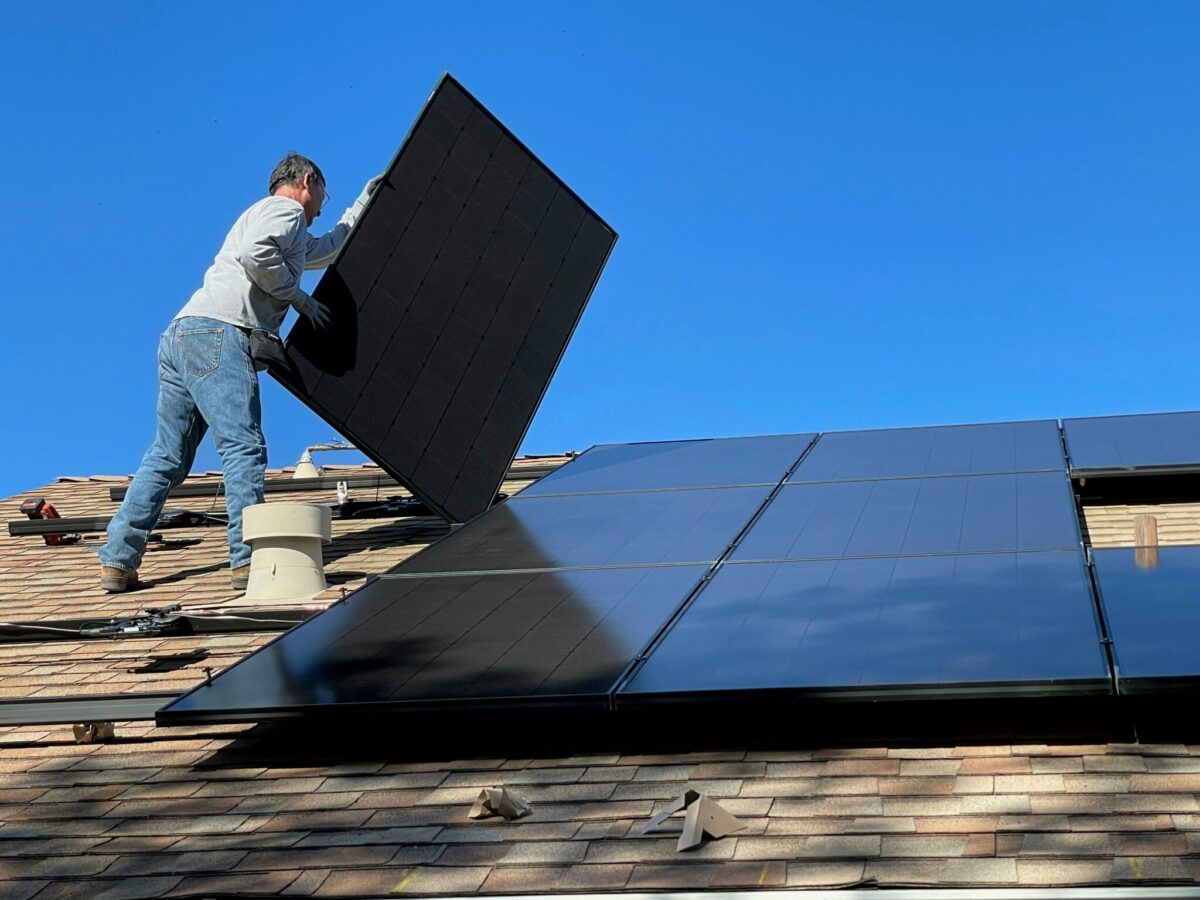
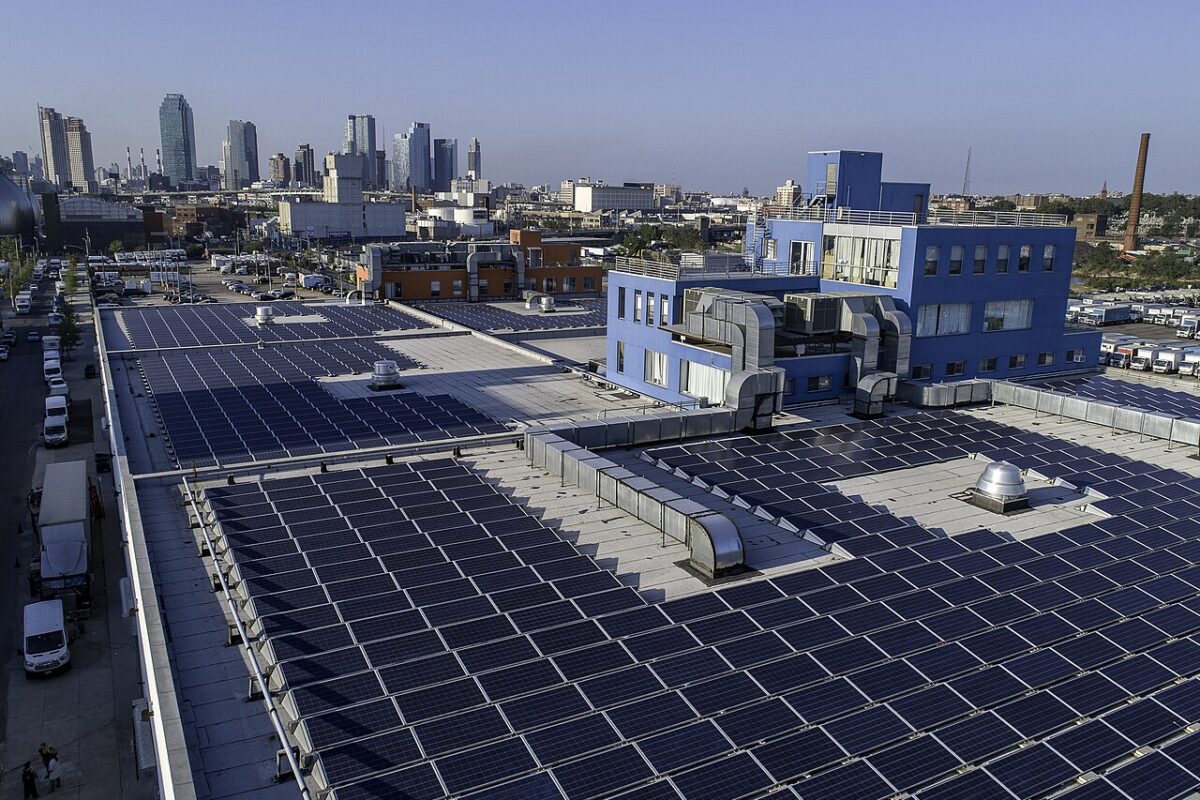



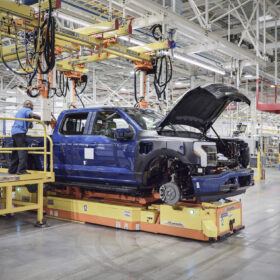

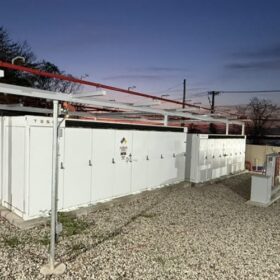
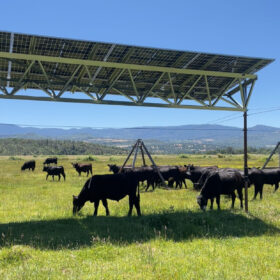
In California, the time to do the job will depend on how busy the contractor is at the time of signing. Union City approved the project in 5 days as well as the utility, PG&E. Start to finish on my project and final connection took only 27 days with a well-established roofing contractor that guaranteed everything for 25 years. My electrical panel already had breaker space and was large enough amperage wise to accommodate the system of 8,400 watts with an Enphase 240-volt ac system with combiner box. No batteries or transfer switch. With so many “Solar Only” companies out there trying to grab a “Quick Buck” go with an established roofing contractor that also des solar so they will be still in business doing roofs when the “Fly by night” industry comes crashing down.